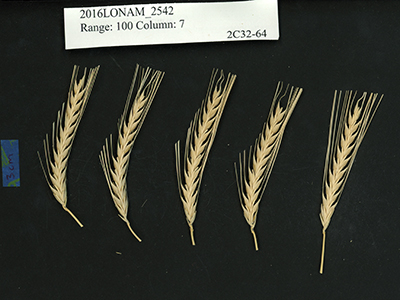Genetic inheritance of seed and head morphology
Megan Getz: MS Candidate
Problem Statement:
- Is there novel genetic control of spike and seed morphology within the un-adapted Nested Association Mapping (NAM) population of our study?
Purpose:
- To exploit areas of genetic control for improvement of uniformity and size and shape of spike and seed in two-rowed barley, which are important traits for both yield and quality.
Objectives:
- Genetically dissect head and seed morphology of two-rowed barley using a Nested Association Mapping Panel (see project description for NAM population structure).
- Determine the relationship between head and seed morphology and other agronomic and/or quality traits
- Identify unique alleles (genes) from un-adapted lines for barley improvement
Hypothesis:
-
This un-adapted population will present regions of genetic control of spike and seed morphology that are novel and independent from known genes.
Project Description:
Barley (Hordeum vulgare) is unique as it has six-rowed cultivars and two-rowed cultivars.
Six-rowed varieties have all three florets on each spikelet fertile:
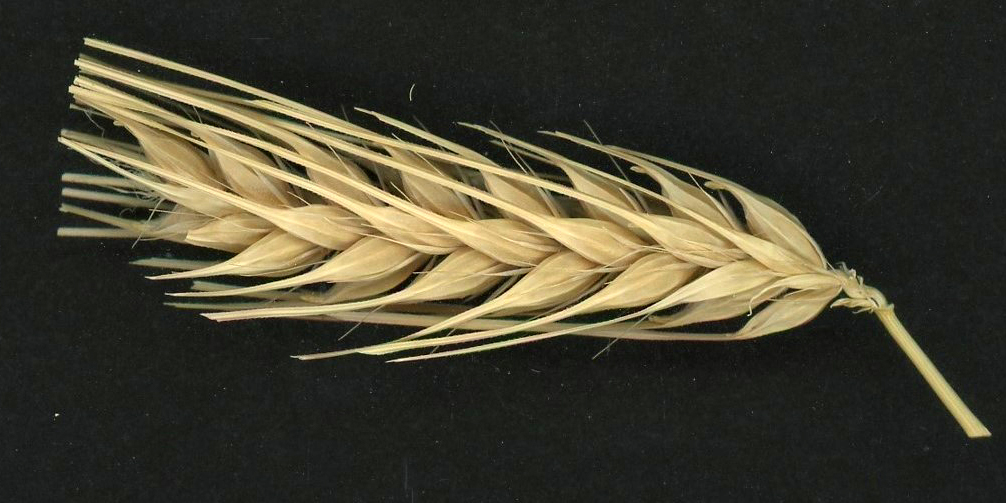
Two-rowed varieties have only a fertile center floret per spikelet:
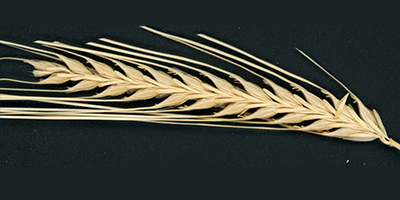
This by itself affects seed uniformity as seed produced in the lateral florets tend to be less symmetrical and smaller in size than the center floret.
Yield and plumpness are also affected by head morphology. While the genes and alleles affecting six vs. two rows are known, they are suggested to impact other genes that affect additional head morphological traits such as number of kernels per head, length of head, and compaction of spikelets. Here, a two-rowed Nested Association Mapping (NAM) population is being used to further investigate barley head morphology and the genes and allele that affect them.
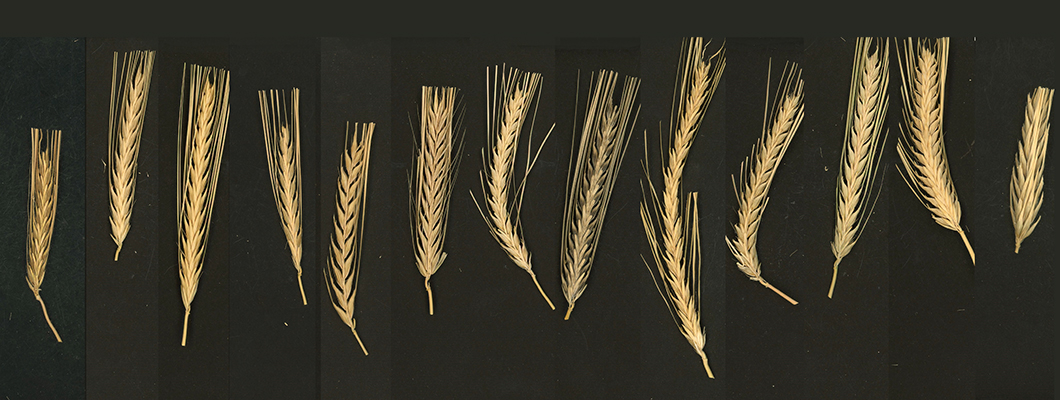
The population was created by identifying 100 un-adapted types of barley and Conlon, a high yielding, plump, spring variety, was chosen to be the common parent used to cross to each of the wild types. Approximately 100 progeny were selected from each of the Conlon by un-adapted type crosses, and then back crossed to Conlon in efforts of revealing advantageous traits, while minimizing some of the negative traits of the un-adapted parents.
This seed was then grown out in a field trial in Bozeman, MT where phenotypic data was collected throughout the stages of growth and harvest. At maturity five heads from each of the lines where collected for 30 families which seemed to be segregating for head morphology. Digital Image Analysis is being used to measure length and width of head as well as kernel count, density, and size.
Work flow of this study from field to analysis of head and seed shape:
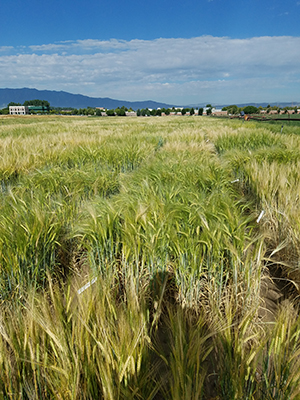 |
|
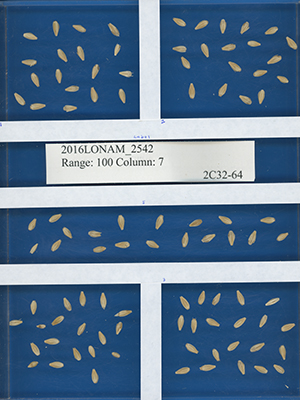 |
| Head morphology study plots in the field | Five spikes harvested from a single line | Seed threshed from the five individual spikes |

